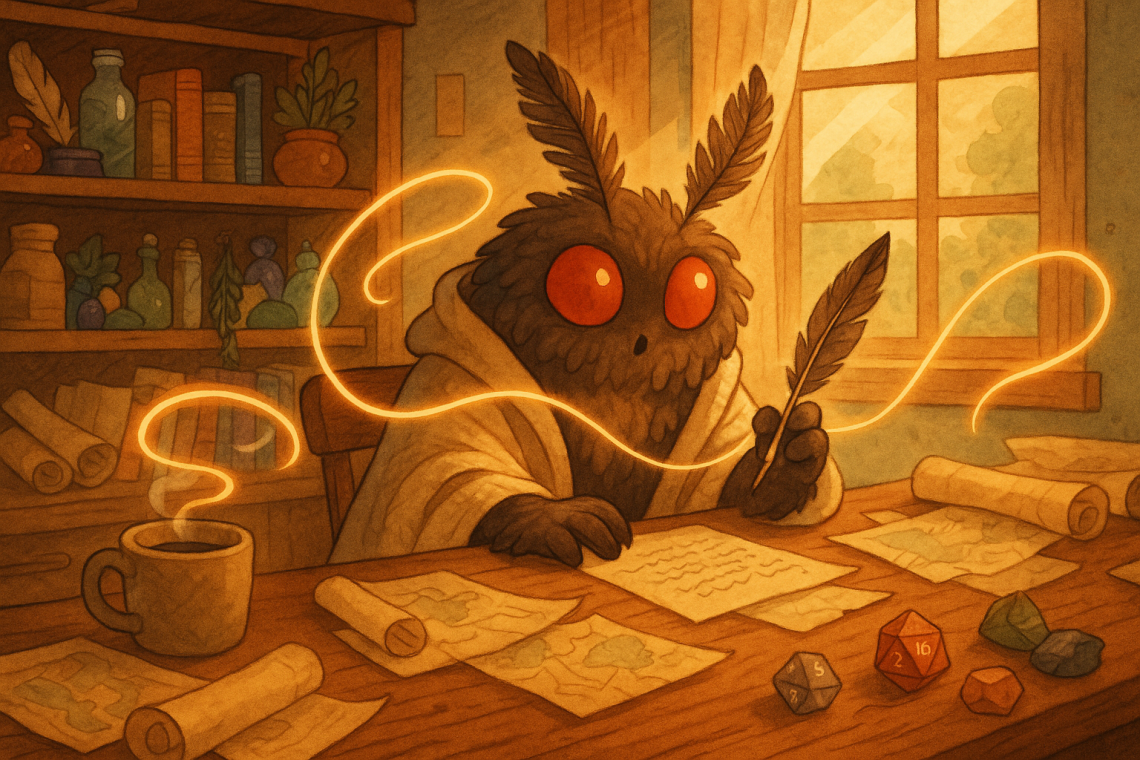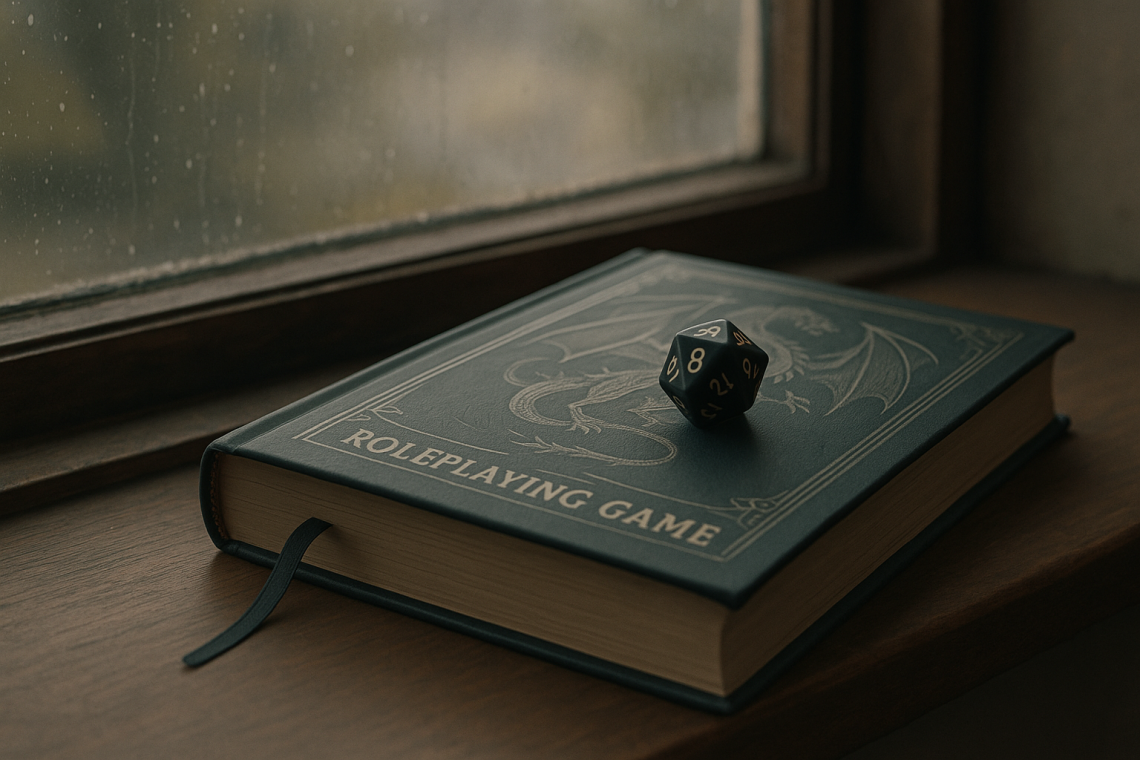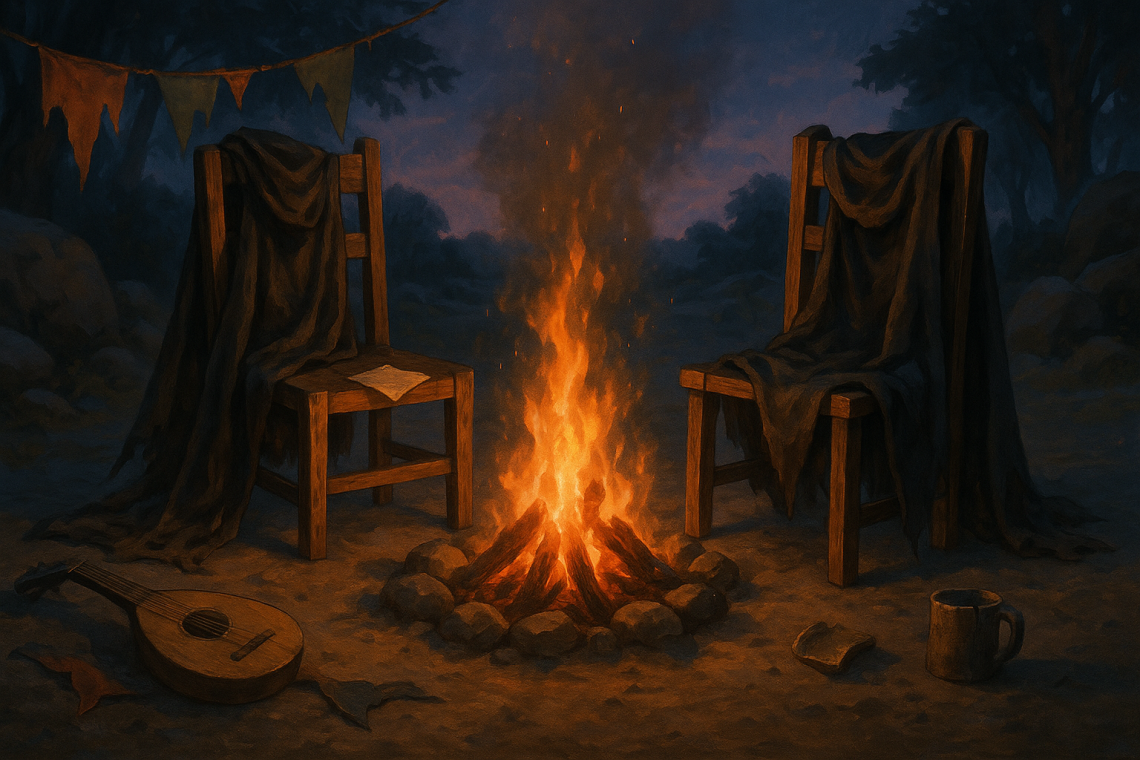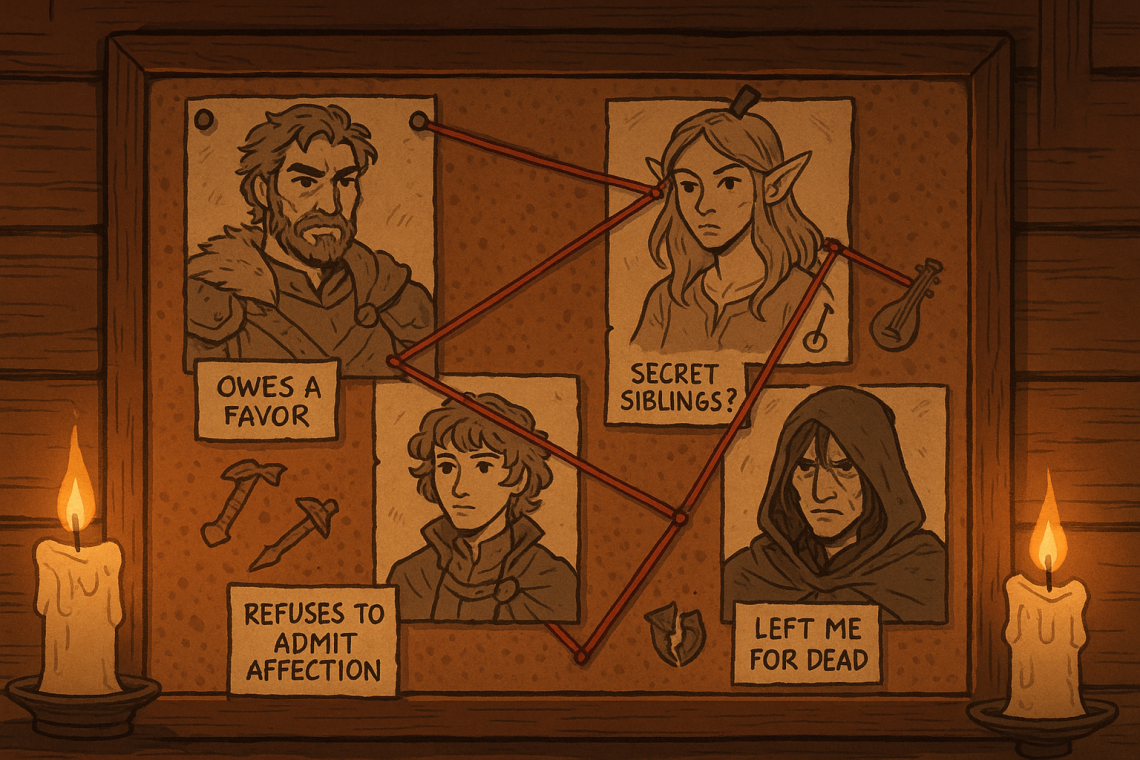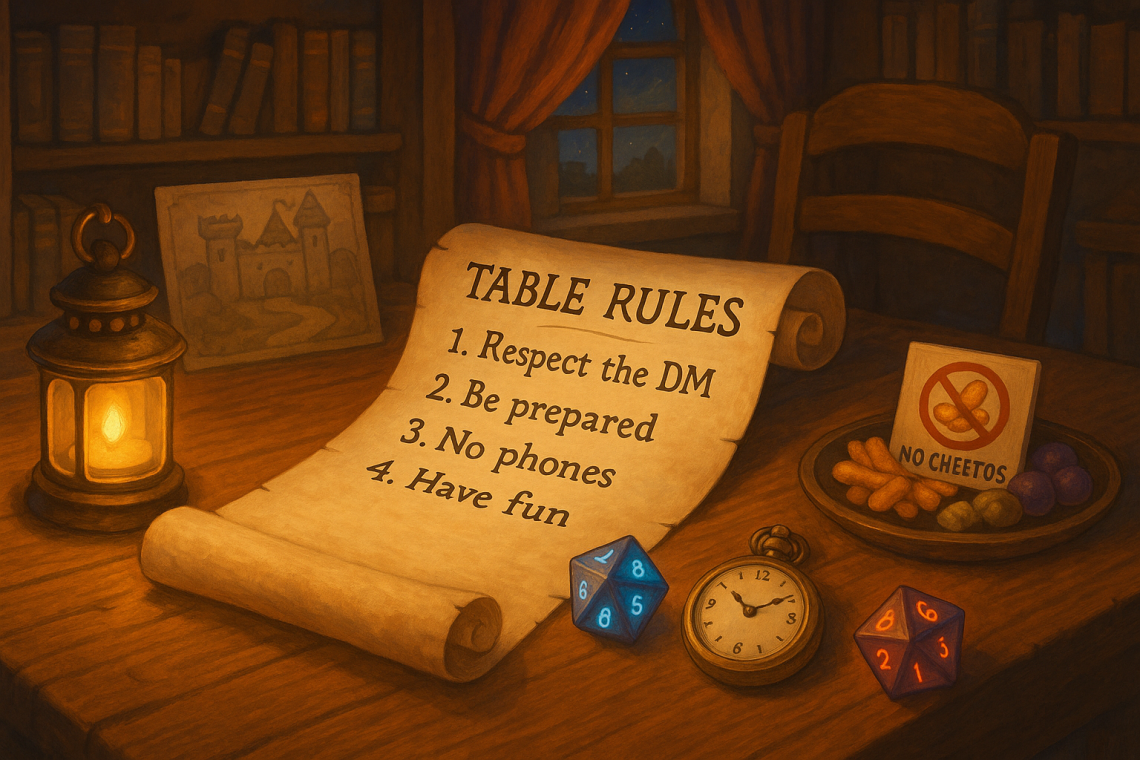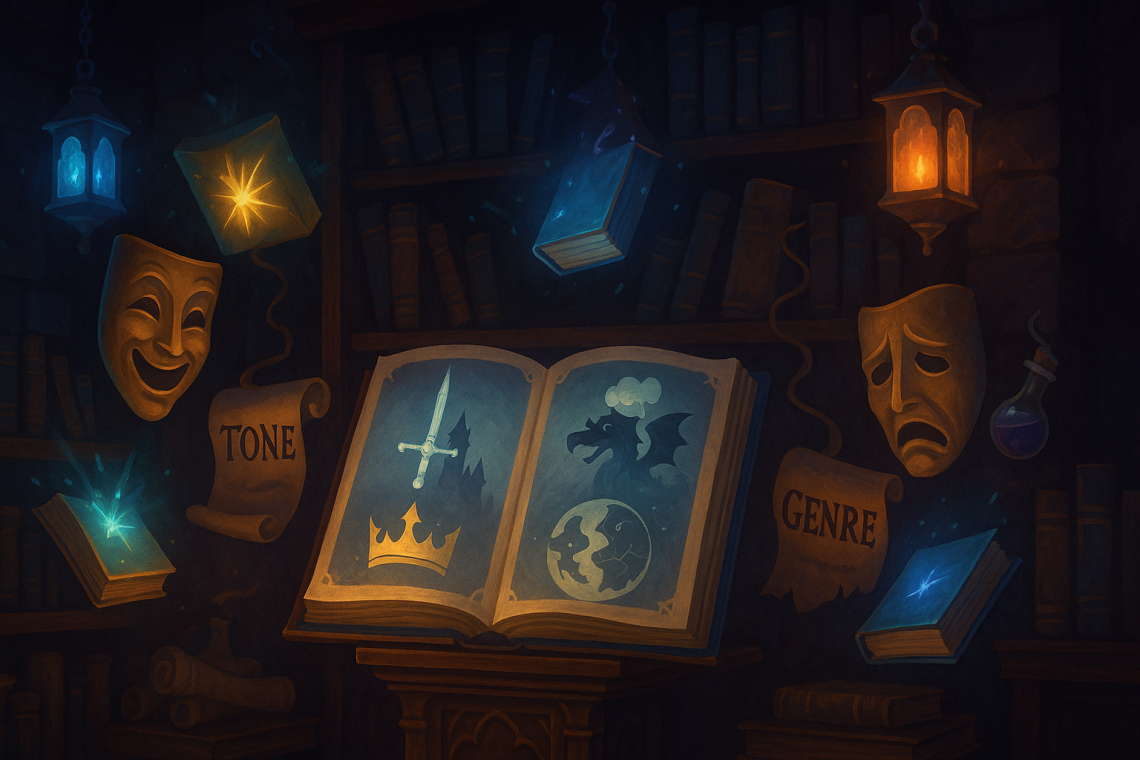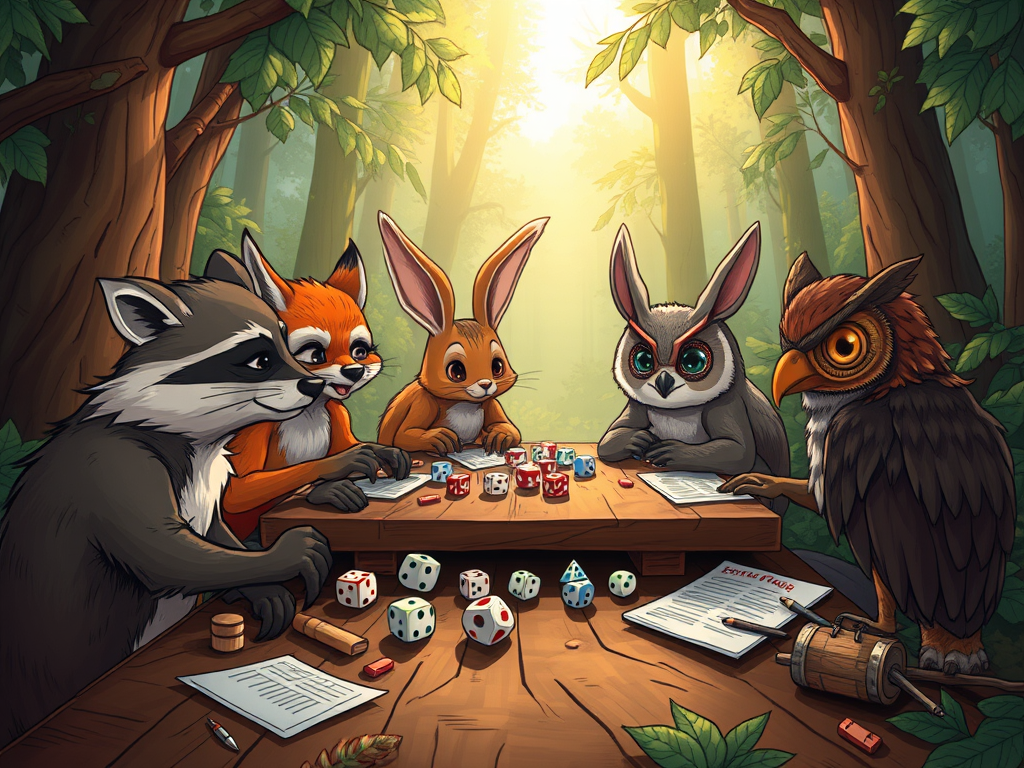-
Embracing Collaborative Narrative in Tabletop Gaming
Imagine this: you’ve spent two weeks crafting the perfect session. You have dungeon maps, NPC motivations, even some subtle foreshadowing and some dramatic lines for the big boss. Now, on game day, your players roll up to the door of the dungeon, take one look at your ominous stone doorway, and decide, “let’s go talk to that farmer we met three sessions ago instead”. We’ve all been there. You spent so much time and energy, and now your carefully orchestrated plans are closely resembling a collapsing house of cards. Your first instinct is probably to nudge (or violently shove) your players back towards your prepared content. And you can do…
-
Boundaries and Burnout for GMs
You tell yourself it’s not a big deal. Someone talked over a quieter player again. Someone else made a joke that didn’t quite land, and the whole table went quiet for a second too long. Then someone corrected you mid-scene, like they were doing you a favour. You smile. You move on. You patch it up. Because you’re the GM. It’s your job to keep things moving, to keep people engaged, to make sure everyone’s having fun. You’re the one who keeps the ship steady, even when the waves get weird. But somewhere under the surface, something starts to wear thin. It’s not dramatic. There’s no explosion. Just a quiet…
-
Navigating Character Conflict
Character conflict starts innocently enough. Maybe the rogue snaps at the cleric during yet another sermon. Maybe the wizard implies the barbarian wouldn’t know a strategy if it hit them with a halberd. Maybe the bard steals the warlock’s boots again. There’s a moment of silence. A beat. Someone looks up from their snack. Was that… in character? Welcome to the fraught and fascinating world of in-character conflict—where drama meets danger, not from the monsters on the battle map, but from the very people you’re questing with. When handled well, it’s electric. When handled poorly, it can seriously wreck your table. So how do you encourage compelling character conflict without…
-
Session Zero: The Ties That Bind
You’ve built your world. Picked your genre. Set the tone. Agreed not to roll dice in the guacamole. Now it’s time to ask the question that turns individual characters into a story worth telling: Why are these people together? Not just “because the plot says so,” but truly—what binds them? What history do they share? What promises have been made, debts owed, pranks un-avenged? While a group of strangers meeting in a tavern can get the job done, a party with shared pasts and tangled loyalties is storytelling gold. Why Bonds Matter Character bonds are the narrative thread that ties a party together. They give players a reason to care…
-
Session Zero: The Table Rules
So you’ve chosen your genre and set your tone. The party is assembled, and their backstories are tragic and strangely bird-related. Now comes the question nobody is likely to ask but everyone needs answered: How do we actually do this together without descending into complete chaos? Welcome to the part of Session Zero that isn’t always glamorous, but is absolutely essential. This is where you lay down the table rules, the shared understandings that keep the game flowing and help everyone feel respected, heard, and hopefully not covered in food. First up: Communication At its core, a TTRPG is a conversation. Its equal parts story, strategy, and improvisation. But even…
-
Session Zero: Choosing Your Flavour
Before dice start flying everywhere and your bards start seducing literally everyone, your table has to answer the most important question: What kind of story are we telling? This is where tone and genre elbow their way into the room. Ignore them at your peril. What is Tone? Tone is your vibe, your mood, your emotional flavour. Is it hopeful? Gritty? Grim? Goofy? On a scale from epic poetry to internet memes, where do you want to land? Examples: Tone is how everything feels. It shows up in how NPCs speak, how players act, and how the GM reacts to an unexpected seduction attempt involving a basilisk and a lute.…
-
Introducing Session Zero: the What and the Why
Session Zero is one of those topics where you can ask me one question, and I will rant and monologue for hours. I am extremely passionate about session zero, I don’t understand why someone would not want to do one, and I vehemently argue that every GM should conduct a session zero, even if they think everyone already knows what they are getting into. Since I am incapable of making this a short post, it will be a series! That’s right, you’ll have the option to pick and choose what parts of a session zero you want to hear about, and I’ll get to pretend you’re absorbing every single thing…
-
The Comfy Manifesto
Or: Why Safety Matters in Tabletop Role-Playing Games When people hear the phrase “comfy games,” they often picture a table where nothing bad ever happens—no monsters, no conflict, no risk greater than a lukewarm cup of tea. Perhaps they imagine every adventure ending in a communal nap, every character a small woodland creature with a penchant for embroidery. And while I’d happily play that game (twice, even), that’s not quite what I mean. “Comfy” was a deliberate choice—a word less aesthetic than “cozy,” less embroidered with lace, and more rooted in something essential: comfort. Not the absence of narrative tension, but the presence of emotional safety. It’s about creating a…
